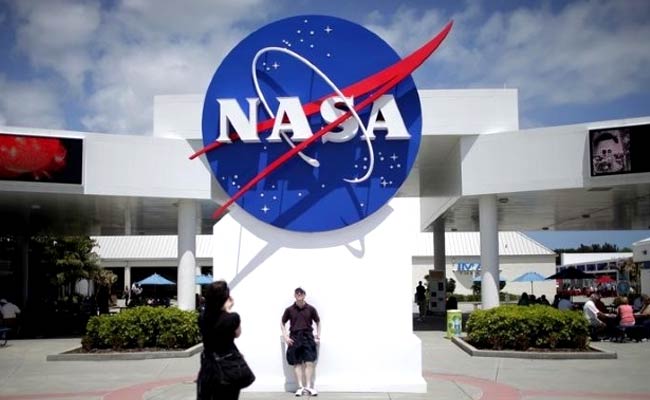Indian-American teens among NASA’s space contest finalists

Two Indian-American teenagers figured among 10 finalists of NASA's national 3-D Space Container Challenge which asked students to design models of containers that could help astronauts keep things in order in space.
However, both Rajan Vivek from Arizona and Prasanna Krishnamoorthy from Delaware failed to win the prestigious competition which went to Ryan Beam of California.
Mr Beam's ClipCatch design will allow astronauts on the space station to clip their fingernails without worrying about the clippings floating away and potentially becoming harmful debris.
Mr Rajan's Hydroponic Plant Box container tackles the challenge of containing water in a microgravity environment while still allowing plants to grow roots in it. Hydroponics, growing plants without soil, would be very effective in spacecrafts because it requires less space and plants grow faster and stronger, NASA said.
Mr Prasanna on the other hand developed a Collapsible Container. In order to use the limited space on international Space Station, the Collapsible Container can expand and compress to perfectly fit its contents. When empty, it can compress fully for easy storage, NASA said.
"The simplest tasks on Earth can be quite challenging, and even dangerous, in space," said Niki Werkheiser, NASA's In-Space Manufacturing project manager. "Being able to 3-D print technical parts, as well as the lifestyle items that we use every day will not only help enable deep space travel, but can make the trip more pleasant for astronauts," he said.
NASA, in partnership with the American Society of Mechanical Engineers Foundation, which managed the competition, announced the winners of the Future Engineers 3-D Space Container Challenge.
Post Your Comments for this News
Science Articles
-
How To Boost Student's Interest In Science
2017-04-07 11:57:27
-
Know about the Father of Standard Time
2017-01-07 12:34:58
-
10 Ways In Which Exercise Benefits Your Brain
2016-08-16 11:40:57
-
China's Development
2015-09-08 15:17:15
-
20 lice found on minor's eye lashes in China
2015-09-08 15:14:53